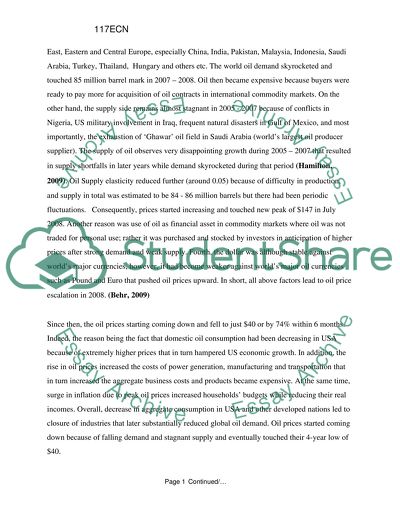Cite this document
(Organisation of Oil Producing and Exporting Countries Assignment, n.d.)
Organisation of Oil Producing and Exporting Countries Assignment. Retrieved from https://studentshare.org/macro-microeconomics/1568212-answer-the-economic-qustions
Organisation of Oil Producing and Exporting Countries Assignment. Retrieved from https://studentshare.org/macro-microeconomics/1568212-answer-the-economic-qustions
(Organisation of Oil Producing and Exporting Countries Assignment)
Organisation of Oil Producing and Exporting Countries Assignment. https://studentshare.org/macro-microeconomics/1568212-answer-the-economic-qustions.
Organisation of Oil Producing and Exporting Countries Assignment. https://studentshare.org/macro-microeconomics/1568212-answer-the-economic-qustions.
“Organisation of Oil Producing and Exporting Countries Assignment”. https://studentshare.org/macro-microeconomics/1568212-answer-the-economic-qustions.


